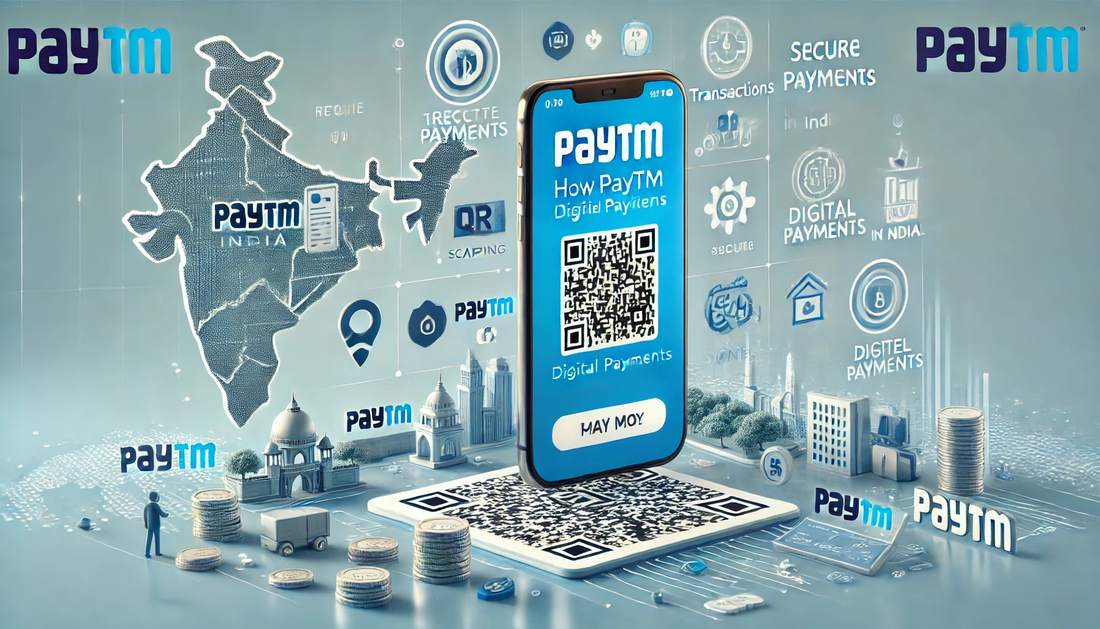In the bustling landscape of Indian startups, Paytm stands as a beacon of innovation and success. Founded in 2010 by Vijay Shekhar Sharma, Paytm has transformed the way Indians transact, making digital payments a household norm.
For startup founders, Paytm's journey offers a treasure trove of insights. Let's delve into how Paytm revolutionized digital payments in India and explore actionable strategies for startups aiming to replicate its success.
Understanding the Market
Paytm's success story begins with a deep understanding of the Indian market. In a country where cash was king, Paytm identified a gap in digital payment solutions. This foresight was instrumental in its growth.
Actionable Takeaway: Conduct thorough market research. Identify gaps and unmet needs. Tailor your product to address these specific challenges, ensuring a strong product-market fit.
Leveraging Technology
Paytm harnessed cutting-edge technology to create a seamless user experience. Its mobile-first approach catered to India's growing smartphone user base, making transactions easy and accessible.
Actionable Takeaway: Embrace technology to enhance user experience. Focus on mobile optimization and ensure your platform is intuitive and user-friendly. Stay updated with technological advancements to keep your product relevant.
Building Trust
In a country wary of digital transactions, building trust was crucial. Paytm invested heavily in security measures and transparent communication, reassuring users of their data's safety.
Actionable Takeaway: Prioritize security and transparency. Implement robust security protocols and communicate them clearly to your users. Building trust is essential for user retention and growth.
Strategic Partnerships
Paytm's strategic partnerships played a pivotal role in its expansion. Collaborations with banks, e-commerce platforms, and service providers broadened its reach and enhanced its offerings.
Actionable Takeaway: Forge strategic partnerships to expand your reach. Identify potential collaborators whose services complement yours. Partnerships can provide access to new markets and enhance your value proposition.
Adapting to Change
Paytm's adaptability was evident during India's demonetization in 2016. The company swiftly capitalized on the cash crunch, promoting its digital wallet as a convenient alternative.
Actionable Takeaway: Stay agile and responsive to market changes. Be prepared to pivot your strategy in response to external factors. Flexibility can turn challenges into opportunities.
Customer-Centric Approach
Paytm's customer-centric approach was key to its success. By continuously gathering feedback and iterating on its offerings, Paytm ensured it met evolving customer needs.
Actionable Takeaway: Keep your customers at the heart of your business. Regularly seek feedback and use it to refine your product. A customer-centric approach fosters loyalty and drives growth.
Effective Marketing
Paytm's marketing strategies were both innovative and effective. From leveraging social media to celebrity endorsements, Paytm ensured its brand was visible and relatable.
Actionable Takeaway: Develop a robust marketing strategy. Utilize digital channels to reach your audience. Consider influencer partnerships to enhance brand visibility and credibility.
Scaling with Vision
Paytm's vision extended beyond payments. By diversifying into financial services, e-commerce, and more, Paytm scaled its operations while maintaining its core focus.
Actionable Takeaway: Scale with a clear vision. Diversify your offerings while staying true to your core mission. Strategic scaling can open new revenue streams and strengthen your market position.
Conclusion
Paytm's journey from a startup to a digital payments giant is nothing short of inspirational. By understanding the market, leveraging technology, and maintaining a customer-centric approach, Paytm set a benchmark for success.
For startup founders, Paytm's strategies offer valuable lessons. By applying these actionable takeaways, you can navigate the startup landscape with confidence and innovation.
Remember, the key to success lies in understanding your market, embracing technology, and staying adaptable. With these principles, your startup can aspire to revolutionize its industry, just like Paytm did.










